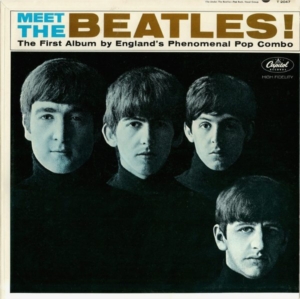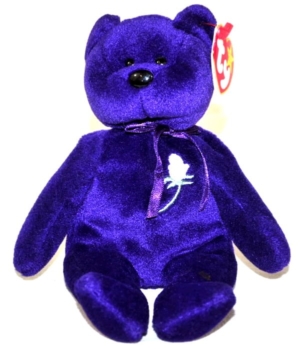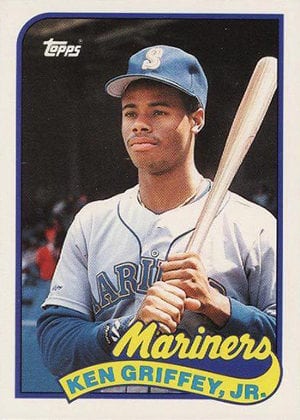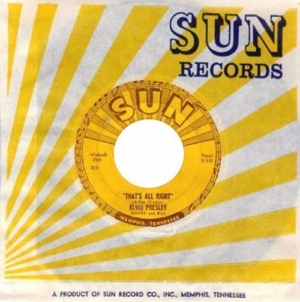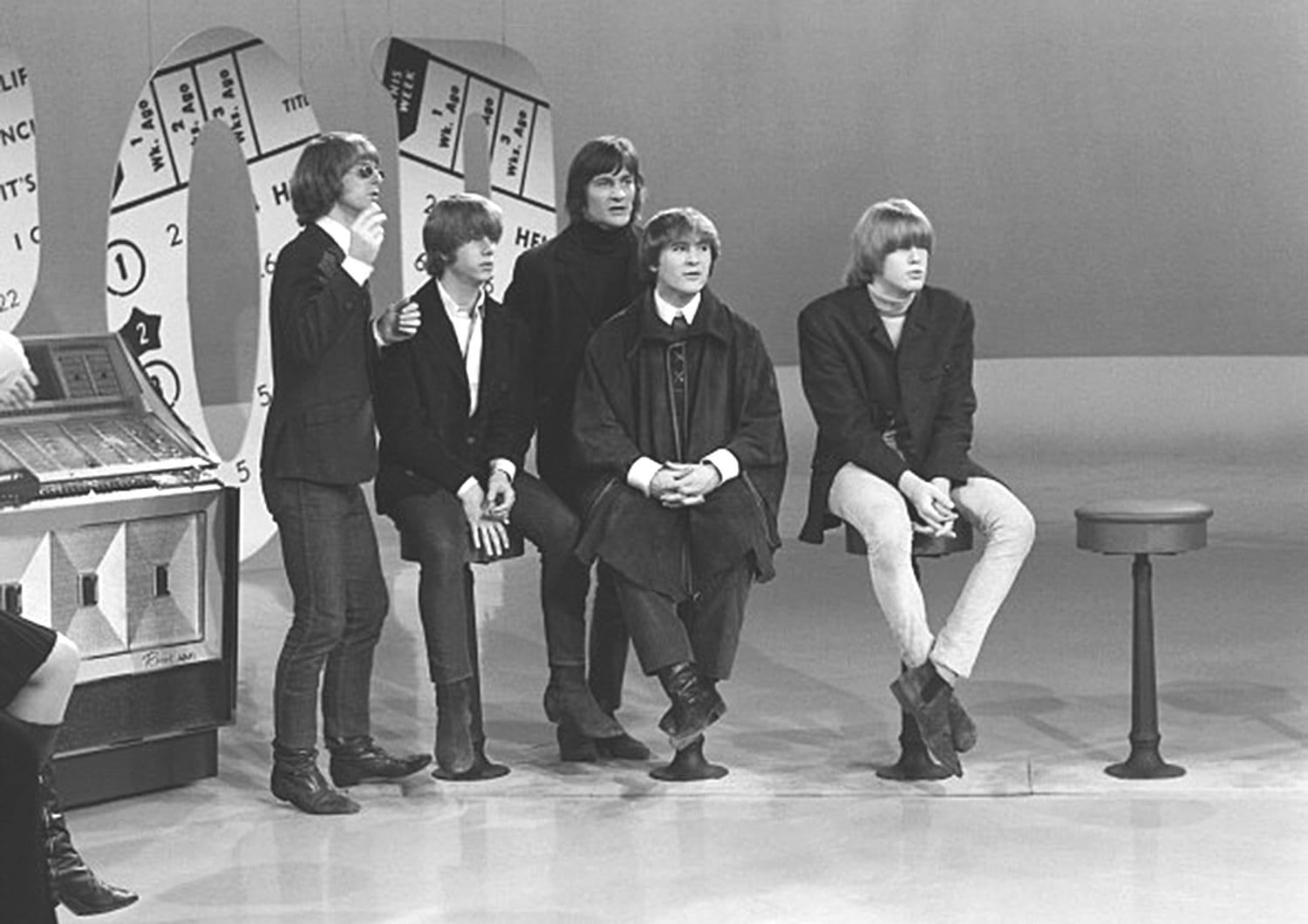Estimated reading time is 11 minutes.
BUYERS AND SELLERS of collectables—whether records or memorabilia or Beanie Babies—often fail to achieve their goals of financial success because they do not understand a few basic concepts on determining collectability and value of the “seldom found.” Because this a record collectors website, I will generally refer to records below, but you can substitute almost any other collectable and the comments remain virtually unchanged. 1
But first, here are some definitions of collectable (or collectible): “suitable for being collected” is Merriam-Webster Online’s offering. It is pointless and tells us nothing.
Wikipedia offers a better definition: “A collectable or collectible (aka collector’s item) is any object regarded as being of value or interest to a collector (not necessarily monetarily valuable or antique).
A collectable is any object that a few people want to possess and are willing to pay for the privilege of owning it.
There are numerous types of collectables and terms to denote those types; here are three of the most basic types:
• An antique is a collectable that is old.
• A curio is a small, usually fascinating or unusual item sought after by collectors.
• A manufactured collectable is an item made specifically for people to collect.
Although collectable is the spelling listed first for the adjective by the Oxford English Dictionary and is standard spelling in British English, the dictionary observes that [collectible] is also valid and this has come to be the common spelling in the United States.”
“A manufactured collectable is an item made specifically for people to collect. The terms special edition, limited edition, and variants such as deluxe edition, collector’s edition, and others fall under the category of manufactured collectable and are used as a marketing incentive for various kinds of products.” (Wikipedia)
That’s a set of four Beatles bobblehead dolls from 1964. The most collectable and valuable rock & roll novelties are those of Elvis Presley 1956-1957 and those of the Beatles 1964-1965. And nothing was held back: the manufacturers of this junk kept the machines on, cranking out as many pieces as the market could bear!
The kitsch factor
On the About.com website, there is an article titled “Collectibles Definition: What is a Collectible?” by Pamela Wiggins. In it, she asks the question, “What’s the difference between antique and collectible?” She then answers:
“Some people say age and others use the kitsch factor to separate antiques from collectibles. If you use the US Customs Service definition, an antique is 100 years old or more.
By my definition, however, items made prior to the early 1920s when styles distinctly changed from flowing and frilly to more modern and angular are antiques and objects made after that time are collectibles.”
So, summing them up, a collectable is any object that holds the interest of more than a few people, each of whom wants to possess and own that thing/object and are willing to pay for that privilege.
Following Elvis Presley’s death in August 1977, an enormous market for “collectables” most of it reeking of kitsch emerged and was fed a vast array of items that would never have been associated with Elvis during his life. Such as these incredibly tacky whiskey decanters by McCormick. Few of these items have achieved any value as collectables; in fact, many of them are worth less now than they were when purchased new! 2
Parameters that define a collectable
It is paramount that you understand that a collectable is defined by a variety of factors:
Demand
How many collectors want it NOW is the most important aspect of determining collectability. The longer that NOW lasts—that is, the longer that the demand lasts over a period of time—the more meaningful that demand becomes in determining both collectability (and sometimes, actual rarity) and value.
Without demand, there is no practical need to know anything else about the record (in the sense of buying and selling and determining value). There is no economic incentive to know its condition, availability, etc.
Supply
How many copies are currently known to exist in the hands of collectors and sellers? Figures for actual supplies will always be estimations because no one knows what’s in the hands of people not actively involved in record collecting.
This is a useless point when it comes to really rare records: the likelihood that a non-record collector would own a rare R&B 45 or privately pressed punk/psych LP is rather unlikely.
Availability
How many are available for sale at any given moment. That is, if a record is valued at $300, and you go running around from store to store, from record show to record shows, offering $500 for a copy and no one has it, what is it worth to you at that moment?
The advertisements on eBay have been a great revealer of just how common records are—records that appear in price guides for $4-12 may not sell on eBay for 99 cents minimum bid! Records in price guides listed at $750 may sell for $2,000 every time they pop up in NM—which is perhaps once a year.
Capitol 2047, MEET THE BEATLES, sold almost 5,000,000 copies in the US in its first two years in print 1964-1965. Given the market, the majority of those copies were probably mono, meaning as many as 3,000,000 copies of T-2047 were sold in those two years and it kept on selling. Meaning it may be the most common mono album in the world! Nonetheless, finding a copy in VG and one in NM can mean the difference between a record worth $10-20 and one worth $100-200. Because the condition is the major factor, not the rarity.
Condition! condition!! condition!!!
The mantra in the real estate business if Location! Location! Location! Then the mantra in the fields of collectables should be Condition! Condition! Condition! After the demand and the supply are accounted for, the assigned value of a collectable or its asking price is usually determined by its condition.
Condition—and to a lesser extent, age—are secondary in defining collectability. Although, in some few fields condition has a different meaning: for instance, in collecting rare blues records from the pre-WWII era, finding any copy in anything approaching collectable condition (and here I mean VG or better) can be impossible.
Most of these records were purchased by poor black music lovers, handled poorly, and played on old, beat-up record players, often with needles well past the point where they were sharp and not doing damage to the record on each play.
In this case, a blues 78 could be relatively common in well-played (over-played?) condition but not known to exist in NM condition. So, in that case, the condition would define the rarity, yes? No?
Condition does play a HUGE part in establishing a value for any collectable.
The Beanie Babies phenomenon of the ’90s was perhaps the greatest example of a blatantly manufactured collectable becoming a national obsession with non-collectors in cultural history. Still, rare and valuable beanie babies exist: the Princess bear was created as a way to help people remember Diana, Princess of Wales after her untimely passing. A very small number were made with PVC instead of PE pellets and of those, an even smaller number had a discrepancy in the tag where the lines had an additional space between them. The version with the PE pellets sells for almost nothing, while the versions with PVC pellets and with the spaces can bring some serious money. That isn’t to say the PVC with no space is worth nothing, it’s just not worth quite as much as the rarest version: in March of 2018, a PVC version without the space sold on eBay for $22,222! This bear also has a bad habit of being counterfeited because of her value.” (Gemr)
The seldom found this or that
An article titled “Economics Basics: Supply and Demand” on the Investopedia website states, “Supply and demand is perhaps one of the most fundamental concepts of economics and it is the backbone of a market economy.” They continue:
“Demand refers to how much (quantity) of a product or service is desired by buyers. The quantity demanded is the amount of a product people are willing to buy at a certain price; the relationship between price and quantity demanded is known as the demand relationship.
Supply represents how much the market can offer. The quantity supplied refers to the amount of a certain good producers are willing to supply when receiving a certain price.
The correlation between price and how much of a good or service is supplied to the market is known as the supply relationship. Price, therefore, is a reflection of supply and demand.”
The word ‘rare’ gets bandied about so often in any field of collectables that it’s almost meaningless! But it does have a meaning: ‘seldom found.’
Wikipedia lists four basic laws of supply and demand that have some relevance to collectables:
1. If demand increases and supply remains unchanged, a shortage occurs, leading to a higher equilibrium price.
2. If demand decreases and supply remains unchanged, a surplus occurs, leading to a lower equilibrium price.
3. If demand remains unchanged and supply increases, a surplus occurs, leading to a lower equilibrium price.
4. If demand remains unchanged and supply decreases, a shortage occurs, leading to a higher equilibrium price.
I was going to use this Topps 1989 Ken Griffey Jr rookie card to make some kind of statement about investing in baseball cards and the card collecting/investing craze of some twenty-some years ago, but I realized that the last time I understood collecting baseball cards was in the ’60s. Today, there are a hundred grades for a card and a card that is absolutely perfect is penalized if the borders around the picture are off by a fraction on any side. As Bill Haley so aptly put it, “Crazy, man. Crazy.” So I won’t be saying anything about baseball cards today.
Why rarity is often unimportant
The word rare gets bandied about with such frequency in any field of collectables that its redundancy makes it an almost meaningless word! But it does have a meaning: Merriam-Webster’s third definition is the one that is applicable to this article, and it defines rare as “seldom occurring or found; uncommon.”
Which tells us the obvious.
The Google dictionary says that it “not occurring very often.”
The second definition of rare at Dictionary.com is “thinly distributed over an area; few and widely separated.” The other definitions they offer are irrelevant to this essay.
I went to the trouble of searching out these definitions to give the reader an opportunity to see that the term rare can be somewhat nebulous.
Rare has no numerical value; in collecting, it’s relative.
Billions of records have been manufactured, the overwhelming majority met with little commercial success. Just as no one wanted them then, no one wants them now.
With a record that is highly sought after and rather rare, the ‘rarity’ naturally boosts the value of that record. But that is not only not always the case, it may rarely be the case.
Billions of records have been manufactured over the past hundred years; the overwhelming majority met with little commercial success.
A first, minuscule printing was done with countless records and when it didn’t sell, it was forgotten, destroyed, tossed into dumpsters. Making many a record very rare indeed.
But, just as no one wanted them THEN, no one wants them NOW! Hence, there are countless really rare records that still have no value because they are not collectable.
Sam Philips did not use company sleeves (or factory sleeves or manufacturer’s sleeves) until 1957. So any Elvis Sun 45 with such a sleeve was put together after the fact, often by a dealer to make the record more enticing. Unauthorized reproductions of these sleeves have been around forever; authorized reproductions are still being manufactured and sold online.
Are there rare Elvis or Beatles records?
Let me use as an example the two biggest record sellers of all time: Elvis and the Beatles. With a few exceptions for both artists, it would be inaccurate to describe any commercially issued record in the US by either to be rare.
There are some, but most Elvis and Beatles rarities are label variations or printing and pressing errors. Even the worse selling titles by these two artists still sold tens of thousands of copies. Hardly what one would consider rare, yes?
There are rare Elvis and Beatles records, but most of them are of a promotional nature.
Elvis legendary Sun sides are generally accompanied by the word rare. The actual sales figures for those records were clouded in obscurity and second-guessing for decades. Rumors than total sales had surpassed 200,000 for the five records by the time RCA Victor signed Elvis in November 1955 have been around for a long time.
Given the recent RIAA Gold Records awarded to Sun 209, That’s All Right / Blue Moon Of Kentucky (in 2004), and Sun 210, Good Rockin’ Tonight / I Don’t Care If The Sun Don’t Shine (in 2005), would seem to indicate that the 200,000 number may be rather conservative. 3
Someone once said
Someone once famous once said, “One man’s trash is another man’s treasure.”
Someone less famous said, “Kitsch is kitsch, no matter how you display it.”
Sellers of collectables often fail because they don’t understand basic concepts on determining collectability and value. Click To Tweet
FEATURED IMAGE: The photo at the top of this page is ...Beanie Babies! Made to be collected, with limited editions and unlimited promotion, these items attract collectors that have never collected before. They attract people who are clueless as to why and how collectability is built over time, not manufactured in no time. Virtually all such collectables end up a waste of time and money as investments.
This article was originally published in 2013 as “On Determining Collectability Value Rather Rare Records.” The ungainly title is based on my belief that I had to construct titles that fit certain SEO parameters, except I didn’t understand SEO.
FOOTNOTES:
1 This article was originally published on November 11, 2013. I have learned so much about WordPress and presentation and adding images that I thought this could use a make-over. And it looks and reads so different—and had such a gawdawful permalink—that I have republished it here with an altered title and new featured image, among other things.
2 “Kitsch is ‘the absolute denial of shit, in both the literal and the figurative senses of the word; kitsch excludes everything from its purview which is essentially unacceptable in human existence.’” (Milan Kundera)
3 Few records have been more brutalized by the blind-leading-the-blind paradigm that is 90% of the websites in the world that mention records. Combine the fact that there are multiple pressings of each of the five Sun records with the multiple reproductions or counterfeits of each of the records and you have a BIG problem.
Add the fact that most sellers on the Internet are even stupider about grading 5645s than they are LPs (didn’t think that was possible, did you?), and Elvis Sun 45s can seem like they have suffered as collectables lately.
Hah! If you want an original Memphis pressing in near mint condition, forget finding a ‘bargain’ on eBay. Go to an established, knowledgeable, reputable dealers and pay the real market value for one of these gems . . .
Mystically liberal Virgo enjoys long walks alone in the city at night in the rain with an umbrella and a flask of 10-year-old Laphroaig who strives to live by the maxim, “It ain’t what you know that gets you into trouble; it’s what you know that just ain’t so.
I’ve been a puppet, a pauper, a pirate, a poet, a pawn, and a college dropout (twice!). Occupationally, I have been a bartender, jewelry engraver, bouncer, landscape artist, and FEMA crew chief following the Great Flood of ’72 (and that was a job that I should never, ever have left).
I am also the final author of the original O’Sullivan Woodside price guides for record collectors and the original author of the Goldmine price guides for record collectors. As such, I was often referred to as the Price Guide Guru, and—as everyone should know—it behooves one to heed the words of a guru. (Unless, of course, you’re the Beatles.)



